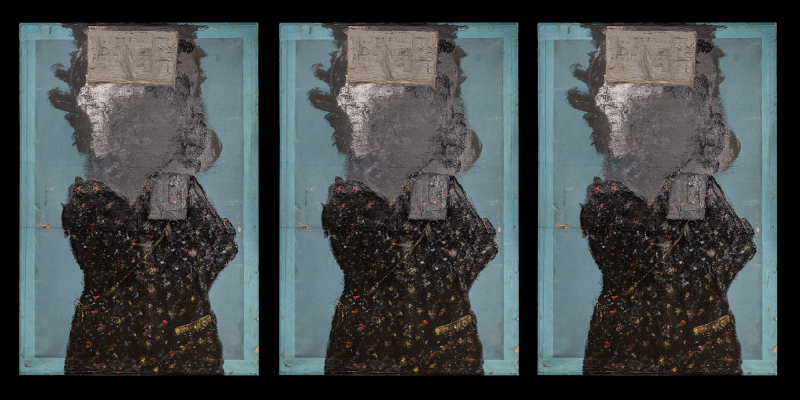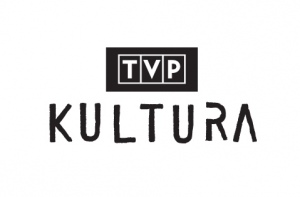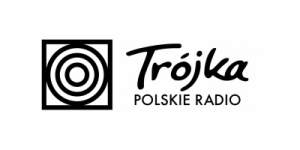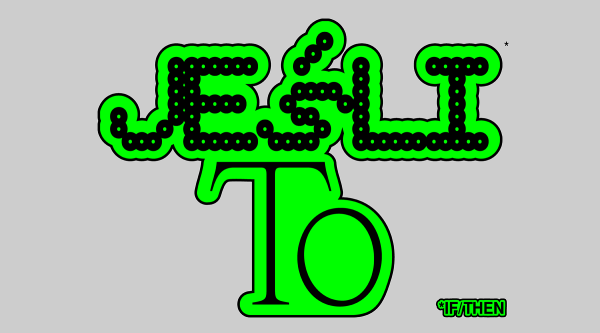03/10—03/11/2024
exhibition from the Project Room series
Paweł Napierała
Autopsy A.D. 2024
-
Autopsy, or, playing with the corpse
- Museums are, by definition, spaces for “playing with the corpse.” To find an Egyptian mummy in the British Museum, you just need to find a crowd of people surrounding a display case that is completely hidden from view by the throng.
- “Symbolic cannibalism,” the consumption of culture that is the work of museum institutions, is unquestionably a ritual, the essence of which no one asks about. The safely preserved artefacts that we encounter in the museum offer us a substitute of the forbidden and repressed pleasure of contact with a corpse. In his essay Two Versions of the Imaginary (1951), Maurice Blanchot examines the phenomenon of encounter with a dead body, which leaves us in an ambivalent relationship with something that is no longer human. It is not an object either. Its human/inhuman character is caricaturally exaggerated. In posthumous stillness, it becomes a sharpened portrait of the person we knew.
- Is contemporary art the “culture” in the broad sense? After all, it is merely a fraction of actual culture, that is, the activities of people entangled in everyday participations, allowing them to forget without reflection, to trivialize the inevitable, rather than gain awareness of what we actually participate in. Perhaps contemporary art is culture insofar as it is its self-reflection, enabling us to look from a critical distance at the cultural relations and mechanisms to which we are subjected in a broad sense.
- In his project Autopsy A.D. 2024, Paweł Napierała undermines semantic barriers, looking from an ironic, critical distance at the procedures in which he himself, as an art conservator, takes part. It is enough to forget about the institutional anchoring, open up, and share the term “conservation,” “embalming” of an art object. Then the similarities become obvious between the conservator’s studio and the morgue, where the remains of familiar beings are retouched, brought to a state of social consensus between record and memory.
- The vivisection game with culture finds its own, analogous to the morgue, sterile environment in the museum space, which gives the “corpse of culture” a socially acceptable, posthumous retouch.
- The connection between the art object and the concept of a relic forms a fundamental trope in the commonality of this relationship, which Napierała repeatedly emphasizes in his art. And here the similarities are equally striking. The “aura” contained in the human remains of Church saints becomes analogous to the presence of the artist’s “aura” in the art object, as a dead substitute for his corporeality.
- Assuming that the contemporary world of art can fulfill the role of a secularized form of religion, with horizontal cathedrals of museums and art centres, with rites of curatorial “holy masses,” and a galaxy of new “saints,” the need for the presence of relics as carriers of transcendent values is inevitable, thus forcing a different valuation, based on a quasi-religious aura rather than on objective qualities, separated from the “anointed” creator.
- Napierała casts a glance on the described phenomenon in an ironically literal way in the humorous and at the same time most “credible” work Reliquary of Polish Contemporary Art AD MMXVIII.
- The question of the broadly understood, institutionally credible value of art becomes the main weapon of critical irony in Napierała’s work. As we know, museum conservation primarily concerns the earthly remains of an author’s work, “anointed” with their signature. The institution, by giving these remains the value of an art work, places them on the conservator’s “vivisection” table, thus subjecting them to a kind of plastic surgery, serving to restore their original, pre-mortem form. Paweł Napierała, who subjects his own paintings to this procedure, perversely assigns them “institutional value.”
- However, similarly to real religious objects, stripped of their original ritual function and subjected to museological autopsy, Napierała’s objects (from the Bozetto/Shrines series) and paintings seem desperately defenseless in an exhibition installation thus constructed. We are reminded of the works of artists engaged in institutional critique, such as Marcel Broodthaers or Michael Asher, who several decades earlier subjected the mechanisms of institutional valuation to their own forms of vivisection. In Napierała’s case, however, the institutional exposure itself reaches us in a perverse way, by revealing the prosaic, purely technical realities of the museological functioning of art (the conservation studio), a practice that is a consequence of a specific cultural policy.
- The religious convention of Napierała’s works, embedded in the history of art, places us, when combined with the disturbing content, in an ambiguous relationship with the painting itself, the object. On the one hand, due to its form, it demands a submissive “prayer” motivated by our cultural memory, and on the other hand it provokes the question: what are we really praying to? Interestingly, Napierała directs this question not only towards the Christian canon of representation, but cuts both ways – using an image constructed in this particular way, with an irony characteristic of artists such as Paul McCarthy or George Condo, he hits at the valuation of the current art world and its “relics.” With a suppressed chuckle, he watches our clumsy slipping on the banana peel that is the official, institutionally preserved “value in culture.”
- Text
- Dominik Lejman
Today at U–jazdowski







